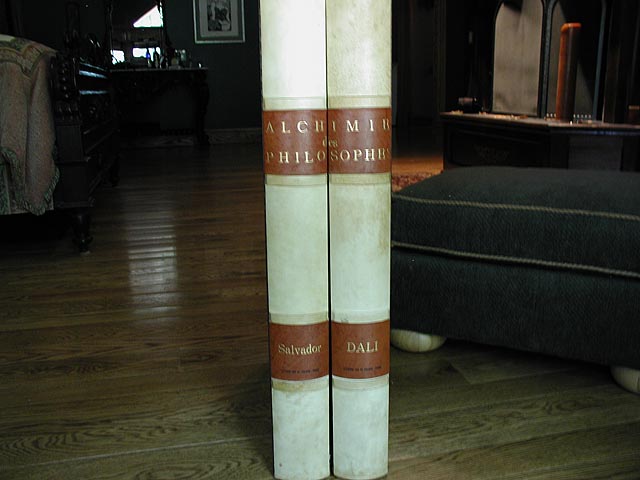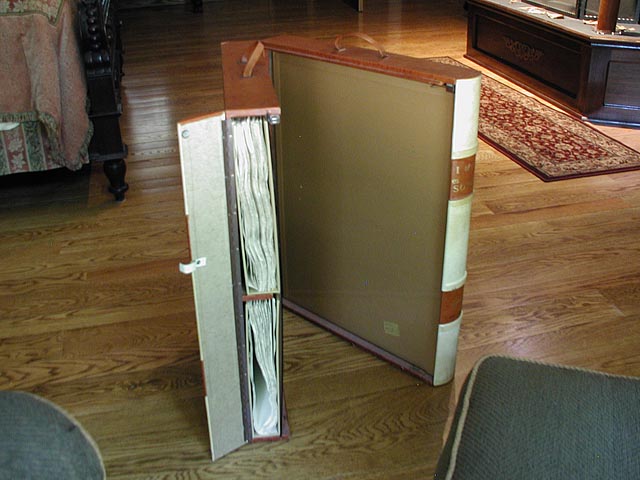
In the deep thinking that goes into the imagining of a new book, I often begin with the words I want to use. Then the binding evolves from the content, as a means of best serving the words. Usually the very first practical concern I need to decide is the size. There are many other considerations as well. Designing a book is a sort of alchemy, combining different elements to create something new and of more value than its parts.
I recently had the distinct pleasure of seeing the recipient of one of my Star Spell books discover the book. After investigating it thoroughly, he folded it back up and slipped it into his front shirt pocket. There is something I love about this, the smallness of a book that you can carry in your pocket. On the other hand, I have enjoyed making larger picture books, taking as my inspiration the books made for children, which still have the lovely illustrations and interesting text treatments that grownup books are often missing. A picture book should be big, allowing the viewer room to enter the book. But a small book, small enough to hold in two hands, has its own kind of magic.

Several years ago I had the distinct pleasure of finding, in a house in the middle of Midwestern cornfields, one of the 275 limited editions of Salvador Dali’s Alchimie des Philosophes (Alchemy of the Philosophers), a massive book published in 1974, as big a a piece of furniture. He kindly gave me permission to photograph this wondrous book. I had never and still have never seen anything like it, and it is certainly the BIGGEST book I have ever seen bound, 83 centimeters tall by 62 centimeters wide. I have seen page spreads of the Saint John’s Bible, which are just slightly bigger, but not seen them bound together. This book is so large that getting a squared-up photo of the page spreads was just about impossible at my height; perhaps with a stool I might have been able to get enough distance from the pages. On the leather front is inset a special device made of vellum, a sort of wheel, which, if I remember correctly, spins and has mercury encased in the symbols behind Dali’s elaborate crowned signature.

The book opens to reveal apartments in each side: the two volumes housed in the verso side, and the recto side for the ten lithographic prints, which the owner had framed and hung around his house.

Below is a page spread from the book. Each of the six sections has tipped-in manuscript pages in many languages on the verso page of the opening spread, seemingly original papers in Arabic, Hebrew, Greek, Sanskrit, Chinese and medieval English. This one concerns the Serpent Ouroborus.

The colophon contains all the factual details about how this book was made.

Experiencing this book was quite a memorable experience, and I’m sure reading it would have also given me much to ponder. I am fortunate to have seen such a rare book up close and personal. And if I ever think I might be designing a book that will be too big, remembering this book will give me some perspective.




Wow. That’s incredible. We (by which I mean of course my institution, not me and my husband!) have a copy of the Nuremberg Chronicle and a Kelmscott Chaucer, but this may top them all!